![[Translate to English:]](/fileadmin/_processed_/0/d/csm_EDA-Hinweis_Mailbox-Karlsruhe-DE_Prometheus_Unsplash_39f6ff0ecc.jpg)
Please note
![[Translate to English:]](/fileadmin/_processed_/0/d/csm_online_Revue_2502_EDA-Abstimmung_c92f583a2c.jpg)
Votes and Elections

Marianne Jenni | “The Swiss Abroad are important for Switzerland’s image”

Change of address Swiss Review

Votes and Elections

The Federal Audit Office – driving efficiency and transparency since 1877
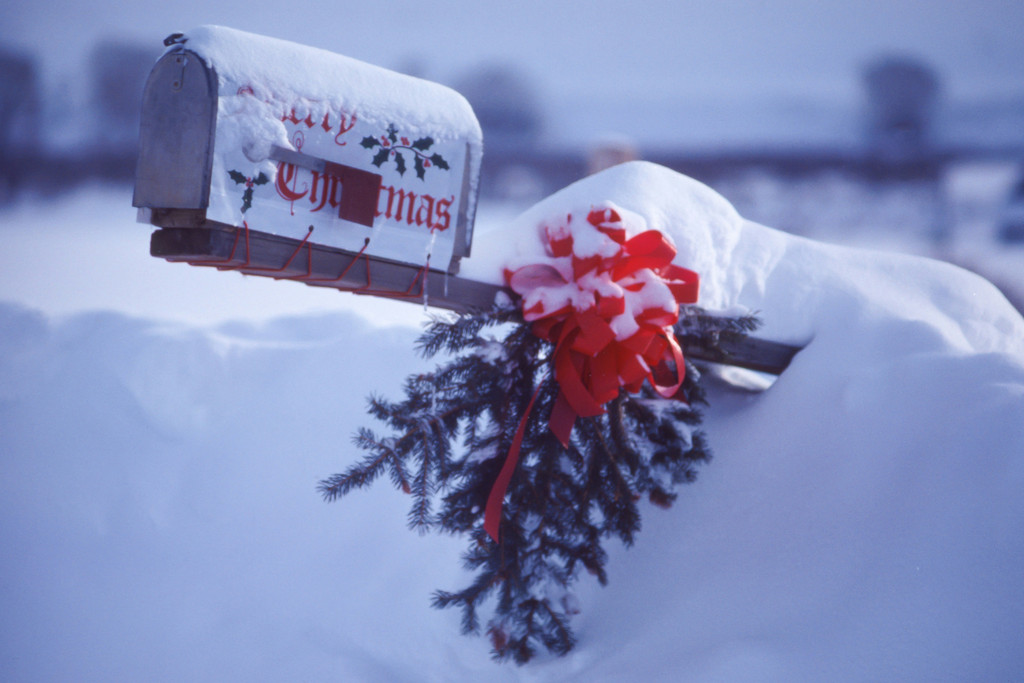
Please note
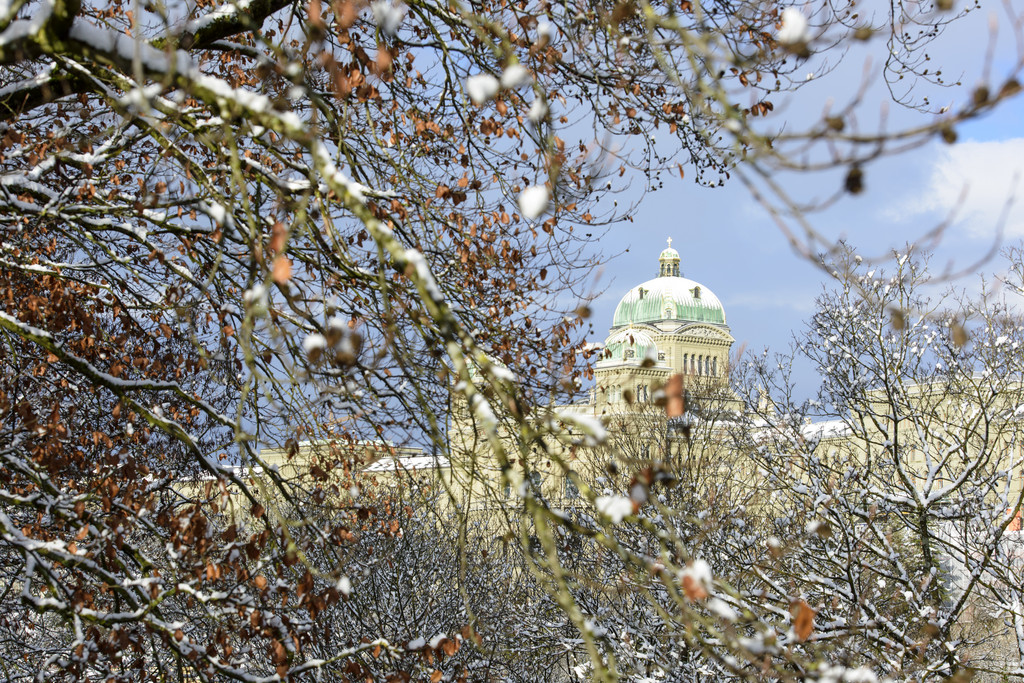

Did you know the pope has been guarded by young Swiss citizens for more than 500 years? Almost all the 160 Swiss Abroad in the Vatican are connected to the Swiss Guard.
Resplendently clad in a blue, red and yellow uniform, the colours of the Medici family, with head held high, the young men stand for several hours a day before the Domus Sanctae Marthae, to guard the head of the Roman Catholic church. The entire population of Vatican City is about 800 people, 135 of whom serve with the Swiss Guard. But why is it only Swiss citizens guarding the Holy See? What is it that sets the Swiss Guard apart as a community of Swiss Abroad?
The Swiss Guard dates back to the 16th century, when Switzerland’s brave soldiers were known throughout Europe. In a time when war and unrest was commonplace in Europe, Swiss mercenaries were very highly thought of and a valuable “export product”. Although Switzerland didn’t have a centralised military at the time, the foot soldiers knew exactly how to defend their areas from the unwelcome attention of neighbouring ruling houses. Swiss mercenaries were, for example, provided to foreign armies by the powerful Zurlauben family (Zug) from the 16th to the 18th centuries.
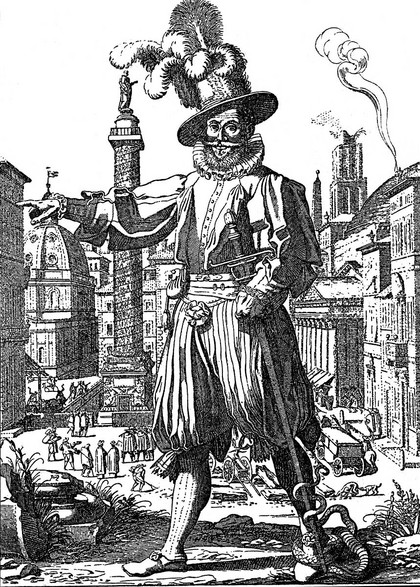
That is what made Pope Julius II seek the services of Swiss soldiers in 1505. He made a request to the Swiss Diet for a contingent of Swiss soldiers to protect the Vatican. On 22 January 1506, the first 150 guards entered Rome and received the pope’s blessing. That was the day when the Pontifical Swiss Guard was founded, and it has been in charge of guarding the pope and the Papal Palace ever since.
The Pontificia Cohors Helvetica is the only military unit from those days to still be operational. It achieved great fame on 6 May 1527 when Rome was attacked and plundered by 24,000 German, Spanish and Italian mercenaries – known as the Sack of Rome. The Swiss Guard resisted the attackers and gave Pope Clemens VII the space and time to get away. Only 42 of the 189 guards survived. The Swiss Guard saved the pope’s life. New recruits are still sworn in on 6 May, the anniversary of the Sack of Rome.
Their role has not changed much over the years. Today’s guards must be vigilant and protect the pope from new threats, terrorist attack for example. If the Holy See is vacant (sede vacante) the Swiss Guard also assumes responsibility for protecting the College of Cardinals. In addition, they secure the official entrances to Vatican City and perform formal and ceremonial duties. Their representative duties include forming a guard of honour for state visits.
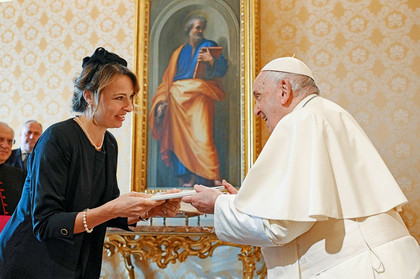
The Swiss Guard’s values are one reason why the pope has retained their services over the centuries despite diplomatic challenges in bilateral relations between Switzerland and the Holy See. The soldiers stand out through their respect, discipline, professionalism and high quality. Members of the Swiss Guard are trained in Switzerland and in Vatican City. Their training includes regular shooting practice, combat sport and learning how to use the halberd.
Not everyone can join the Swiss Guard. To be eligible, you must be a practising Catholic, a Swiss citizen, male, single, between 19 and 30 years old, at least 174 cm tall, in good health, the holder of a professional apprenticeship or Matura, have completed basic military training with the Swiss Armed Forces and have a category B driving licence, as well as being prepared to commit to 26 months of service. That makes the Swiss Guard the world’s most homogeneous community of Swiss Abroad. There are also 25 other Swiss citizens living in the Vatican besides the 135 guards, mainly comprising the soldiers’ family members plus a few members of the clergy.
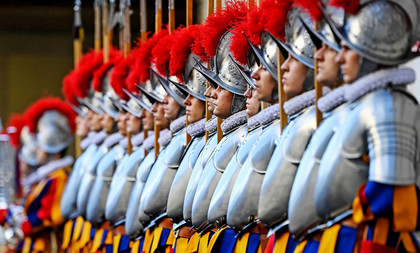
Another distinguishing feature of the Swiss Abroad in Vatican City is that anyone who works in or for the Vatican receives Vatican City citizenship for as long as their work lasts. That means the guards quickly gain citizenship in their country of emigration, albeit only for a limited period. Vatican City also has an unusual form of government as the only elective absolute monarchy. The Holy See has observer status in the UN. The Holy See maintains diplomatic relations with over 180 states, over 90 of which have a representation on site. With more than 1.3 billion believers plus a large, global network, the Holy See has political power as large as the territory itself is small.
Despite this political significance and the existence of the Swiss Guard, it was not until 2021 that the Swiss government decided to open an embassy at the Holy See in Rome. The Holy See, on the other hand, has been represented in Berne by a Nunciature (‘papal envoy’) since 1920. Due to complicated bilateral relations, not least domestic political tension between the Protestant and Catholic camps, it took some time until Switzerland was ready to have its interests represented on Vatican City territory. In 2023, the new Swiss embassy at the Holy See was inaugurated by Federal Councillor Ignazio Cassis and Cardinal Secretary of State Pietro Parolin in Rome.
Up to the 1990s, bilateral relationships were covered unilaterally via the Nunciature in Berne. In 1991, the Federal Council nominated an ambassador to serve as special envoy and from 2004 designated a plenipotentiary who resided in another state and dealt with the Holy See in multiple accreditation; the most recent residence was in Slovenia.
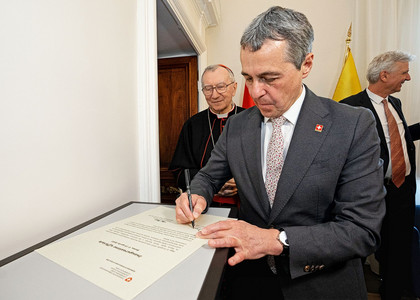
The opening of the Swiss representation at the Holy See in Rome marked a new chapter in Switzerland’s bilateral relations, as shown by the regular diplomatic visits. The president of the Swiss Confederation regularly attends the swearing-in ceremony for members of the Swiss Guard on 6 May in the Vatican. The high-ranking Vatican visit also provides an opportunity for official discussions at the highest level. Various popes have also visited Switzerland in the past: John Paul II, for example, went there three times. Pope Francis also visited Geneva in 2018. He attended the World Council of Churches and met with members of the Swiss government during his visit.
The Swiss Guard has been a cornerstone of our bilaterial relations for over 500 years. They still open doors for Switzerland in the Vatican and thus contribute to consolidating ties.
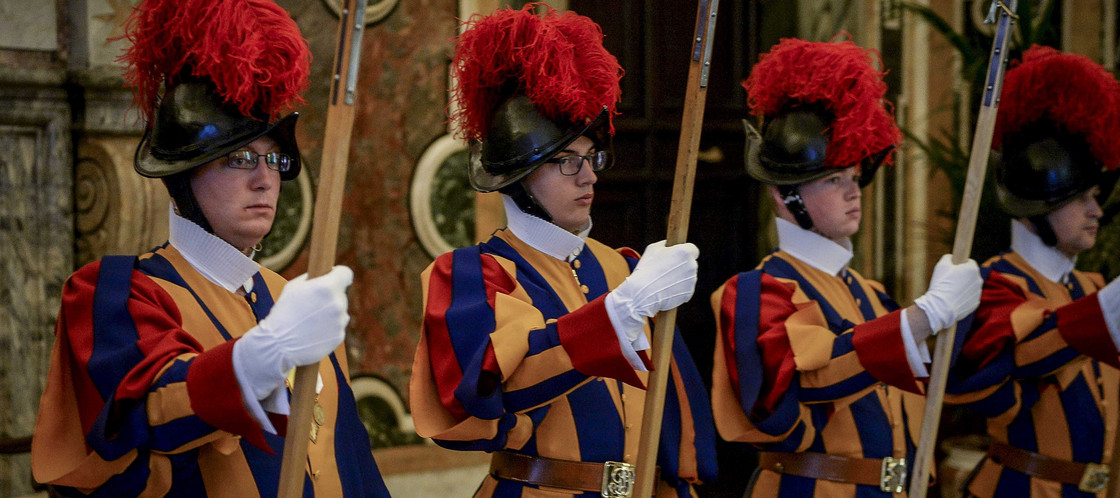
Comments